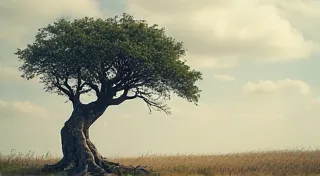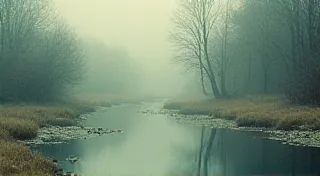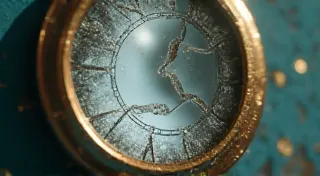The Postcard as Prophecy: Foreshadowing the Modern Tourist
There's a peculiar magic in holding a vintage postcard. It’s more than just cardboard and ink; it’s a window into another time, a whisper of a life lived, a moment suspended in amber. For those of us drawn to collecting these relics, the allure isn’t merely about acquiring pretty pictures. It’s about connecting with the human desire to explore, to document, to share experiences – a desire that, while undeniably timeless, found a uniquely potent expression in the postcard boom of the late 19th and early 20th centuries. And, looking back, it's startling to see how these seemingly simple cards foreshadowed, and in some ways, created the modern tourism industry, complete with its blessings and anxieties.
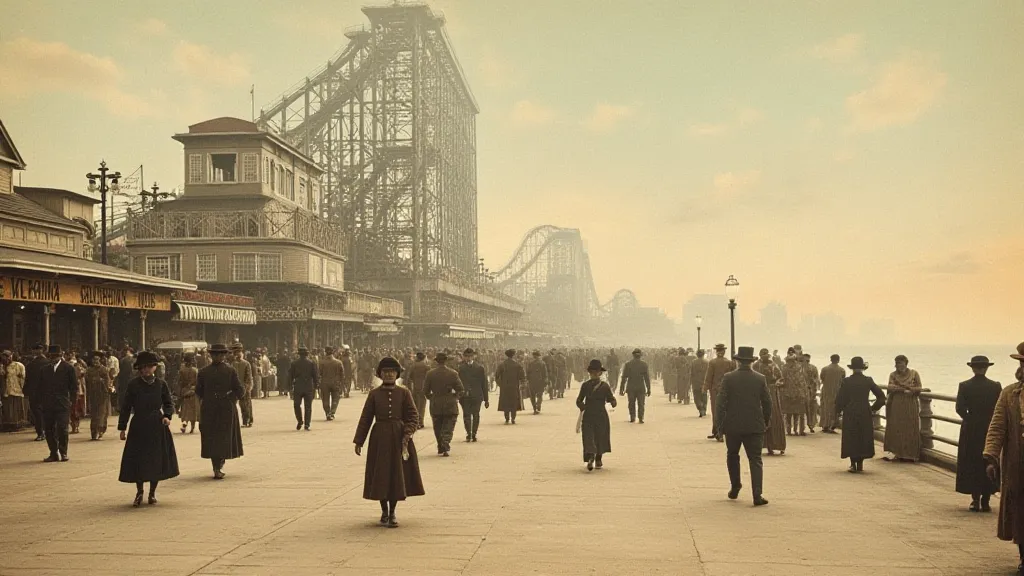
The Rise of the Picture Postcard and the Birth of a Traveler
The invention of the halftone printing process in the 1880s was revolutionary. Suddenly, reproducing photographs was relatively inexpensive and straightforward. Coupled with the newly accessible postal systems, the “picture postcard” was born. Initially, these cards were often lavish, hand-colored photographs, status symbols meant to be sent to friends and family as proof of one’s travels. Imagine the thrill of receiving a glimpse of the Italian Riviera from a distant relative! It wasn’t just about seeing; it was about *being seen* to have seen.
Think about the social context. The late 1800s and early 20th centuries witnessed an unprecedented rise in leisure time, particularly among the burgeoning middle class. Industrialization had brought about significant wage increases, and a culture of travel – initially for the privileged, but increasingly accessible – began to flourish. The Grand Tour, once the exclusive domain of the aristocracy, was slowly democratized.
My grandfather, a quiet man rarely given to reminiscence, once showed me a small stack of postcards he’s kept from his honeymoon in Niagara Falls. They weren't particularly striking – generic views of the falls and the surrounding area – but the act of him sharing them, the tremor in his voice as he spoke of his young bride, revealed the power these small pieces of paper held. It wasn't just the view that mattered; it was the memory, the experience they represented, the shared connection to another person.
Craftsmanship and the Allure of the Hand-Colored Touch
The earliest postcards often featured meticulous hand-coloring over the photographic print. This wasn't mere decoration; it was an art form. Skilled artisans would meticulously add shading, highlights, and vibrant hues to enhance the image and give it a unique appeal. The quality varied, of course; some were remarkably skillful, breathing life into the photographic image, while others were a bit more… enthusiastic. These imperfections, though, are often what make these cards so charming and valuable to collectors.
Examine a hand-colored postcard closely. Notice the slight variations in the coloring, the subtle brushstrokes. You can almost feel the artist’s hand guiding the application of the pigment. This element of human touch is lost in the mass-produced imagery of today. It’s a tangible link to a time when art wasn't simply a product; it was a craft, imbued with passion and skill. The beauty of these cards lies not only in the final image, but in the stories they tell about the artistic process and the people who created them, a theme further explored when considering the broader narratives surrounding tourism imagery.
The Seed of Modern Tourism: Postcards as Propaganda
The postcard boom wasn’t just a cultural phenomenon; it became a powerful tool for promotion. Towns and cities actively used postcards to entice visitors. “See America!” “Visit the Italian Lakes!” The images weren’t always entirely honest; idyllic scenes were often staged, and the realities of travel – crowded trains, bumpy roads, limited amenities – were conveniently overlooked.
Consider the impact. These images fueled a desire to “see and be seen,” creating a feedback loop of aspiration and consumption. The postcard wasn’s just showing a place; it was selling a dream – a promise of adventure, relaxation, and self-discovery. This echoes powerfully in the modern tourism industry, where carefully curated imagery is used to entice travelers to far-flung destinations. It’s a fascinating look at how constructed narratives shape our perceptions of place, and sometimes, distort them, leaving us contemplating ephemeral landscapes and the fleeting nature of memory.
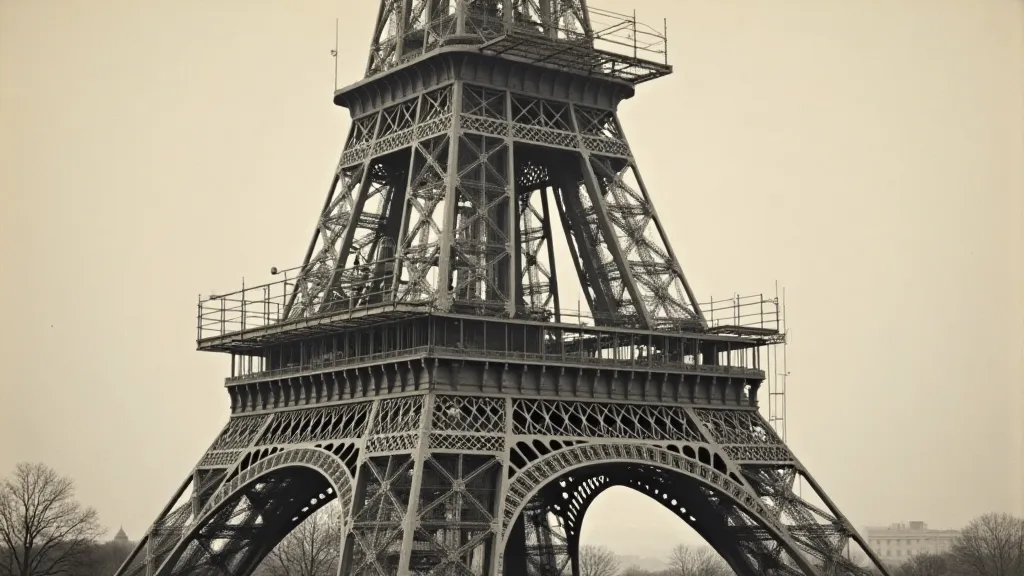
The Anxieties of Seeing: Echoes of Today
Ironically, the very desire to “see” that the postcards fostered has also given rise to anxieties that resonate strongly today. The homogenization of tourist destinations, the environmental impact of mass travel, the pressure to experience “authentic” culture – these are all consequences of the tourism industry that was, in many ways, seeded by the postcard craze.
The pursuit of the perfect Instagram shot, the relentless quest for “unique” experiences – these feel like a continuation of the postcard’s original purpose: to document, to share, to be seen. But now, the pressure is amplified, the stakes higher. We’ve become both consumers and performers, perpetually striving to curate a travel narrative that is both authentic and impressive. The intricacies of these narratives, and the ways they can obscure more than they reveal, are a compelling subject for further investigation.
Collecting as Connection
For me, collecting vintage postcards isn’t just about acquiring objects; it’s about connecting with a lost world, a world of burgeoning travel and unprecedented aspiration. Each card tells a story, a fragment of a forgotten life. Holding them, I am reminded of the enduring human desire to explore, to connect, and to share our experiences with others. The postcard, in its deceptively simple form, holds a profound reflection of who we were, and perhaps, a cautionary glimpse into who we are becoming. The way we interpret and share these visual records reveals a great deal about our own biases and the constructed nature of perception.
Restoration of these delicate treasures is best left to professionals. Cleaning a postcard improperly can easily damage the image or ink. Proper storage – in acid-free sleeves and albums – is crucial for preservation. And remember, the value isn't always about rarity; it's about the story the card tells, the connection it evokes. The beauty of the handwriting on these cards, and the messages conveyed, can also offer unique insights into the era—a theme that speaks to ink and inkling, the subtle art of postcard handwriting.
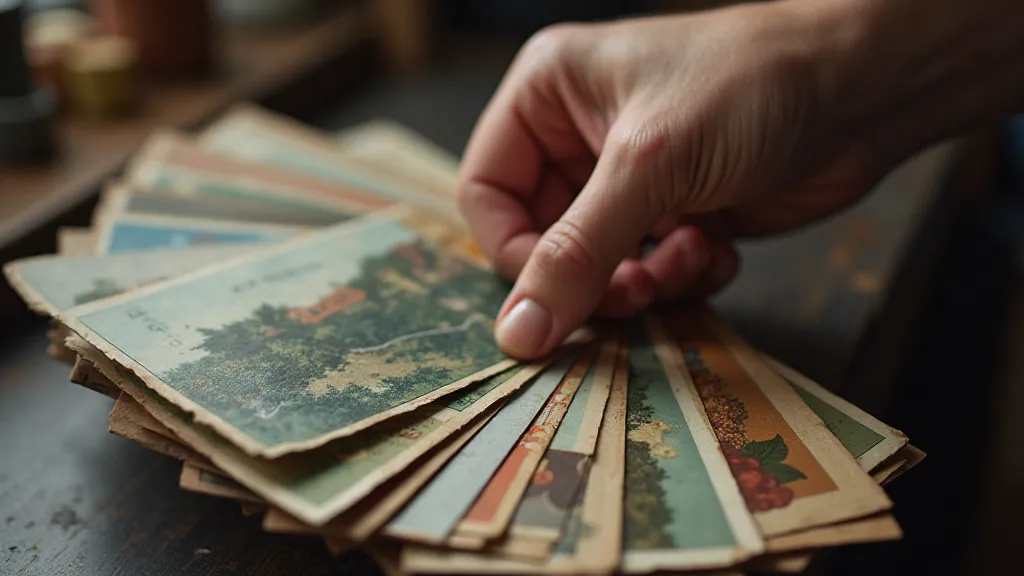
Beyond the technical aspects of preservation, the study of vintage postcards offers a fascinating lens through which to examine the evolution of travel and the construction of identity. The often-idealized depictions of landscapes and cultures raise important questions about authenticity and representation, echoing the challenges we face in navigating the complexities of global tourism today. Furthermore, the ways in which these seemingly innocuous images shaped perceptions and desires reveals a powerful story about the human need for connection and the allure of the exotic.
The rise of mass tourism, spurred on by the widespread availability of postcards and affordable travel, has also had profound social and environmental consequences. While postcards capture moments of joy and discovery, they often fail to acknowledge the darker side of tourism, such as the exploitation of local communities, the destruction of natural habitats, and the commodification of culture. Examining the intersection of postcard imagery and the realities of tourism allows us to critically assess the impact of our travels and to strive for more responsible and sustainable practices.
The desire to document and share experiences, once facilitated by the postcard, has now been amplified by the rise of social media. While platforms like Instagram offer unprecedented opportunities for connection and self-expression, they also contribute to a culture of comparison and performance, where individuals feel compelled to curate an idealized version of their lives. Recognizing the parallels between the postcard era and the age of social media can help us to develop a more balanced and mindful approach to travel and self-representation.
Ultimately, the vintage postcard serves as a powerful reminder of the enduring human desire to explore, connect, and share experiences. By preserving these tangible fragments of the past, we can gain a deeper understanding of ourselves, our history, and the complex relationship between travel, identity, and representation.

